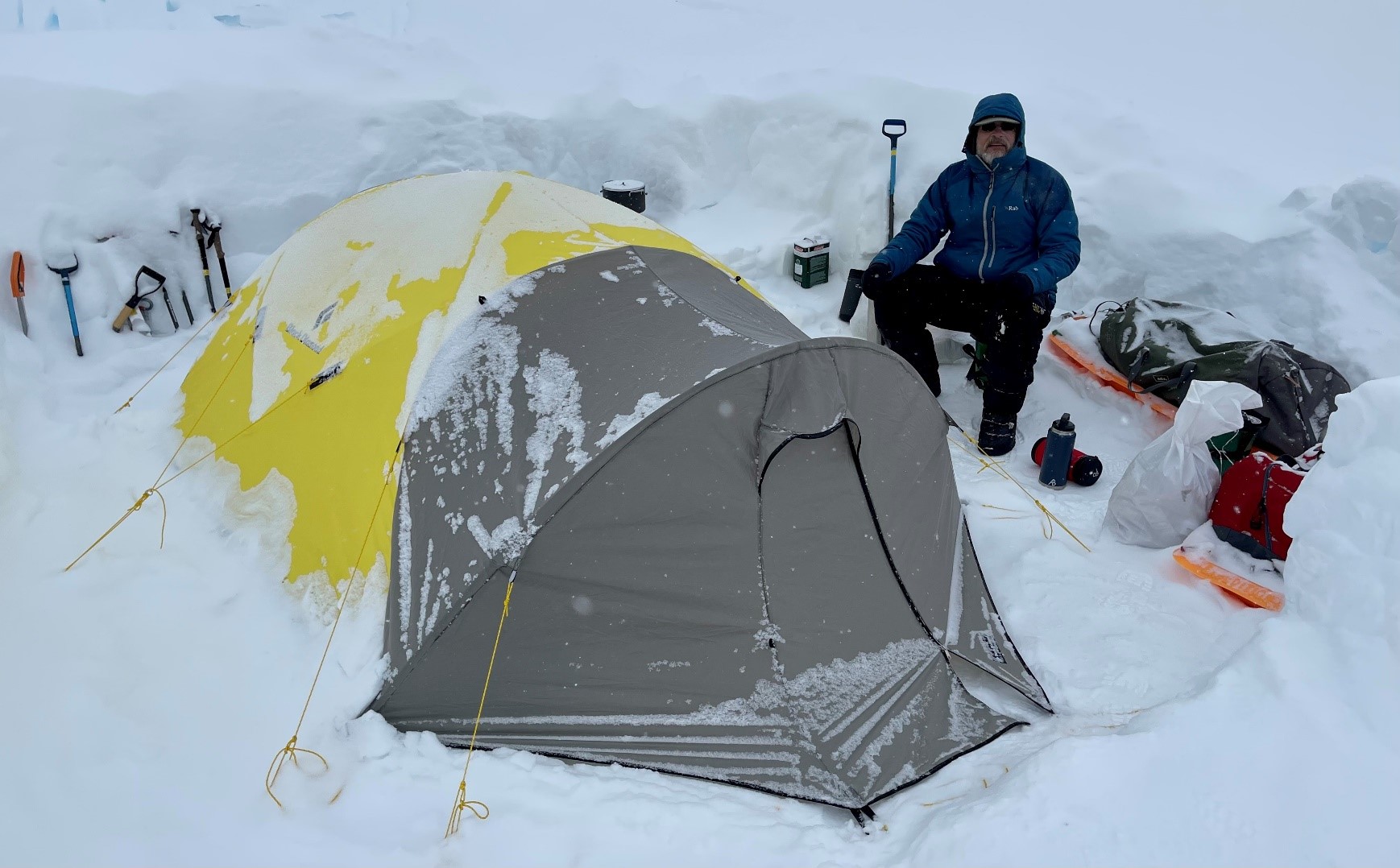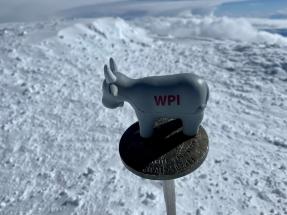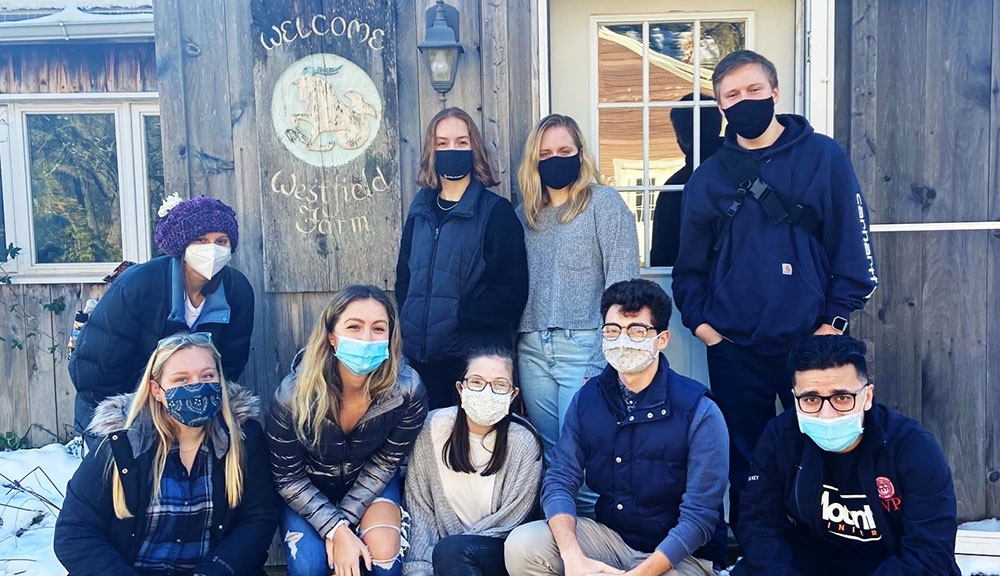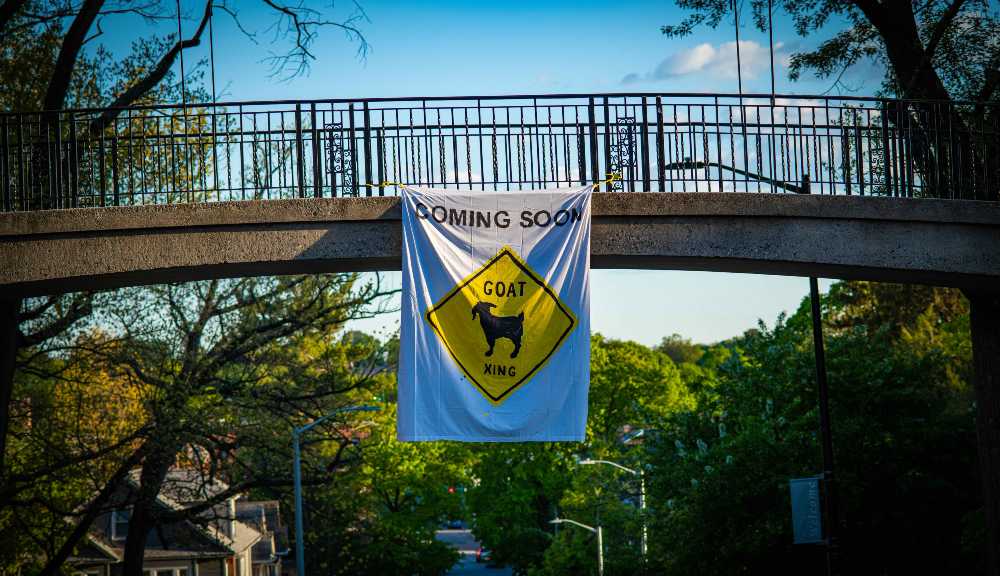Editor's note: This story is one of a periodic series of submissions from faculty and staff reflecting on adventures with Gompei. If you've got a tale to tell, email dailyherd@wpi.edu.
Gompei on the Go
As the world starts to emerge from the pandemic and travel opportunities open up a bit, it’s nice to see members of the WPI community--including Gompei!--getting out and about. Through travel--even local day trips--we can relax and recharge, change our perspective, or simply enjoy different scenery. If you’ve got photos or a short story about a trip you’ve taken with Gompei this summer, let us know; we may run it in the Herd. Read about Gompei’s trip with John MacDonald and Andy Butler to the top of the continent.
On Saturday, June 5, 2021, at 6:08 p.m. local time, WPI’s beloved mascot, Gompei, stood higher on land than he had ever been before: 20,310 feet above mean sea level, atop Denali, the summit of North America. It took a long time to get there.
In late 2019, John MacDonald, associate professor of chemistry and biochemistry, and Andy Butler, director of WPI’s Life Sciences & Bioengineering Center, devised a plan to help Gompei achieve the feat. But the plan would have to wait a year: the National Parks Service canceled the 2020 Denali climbing season because of COVID-19. Undeterred by the delay, however, the WPI duo (expedition name: Huffin & Puffin) reworked Gompei’s plans for spring 2021.
Denali is located inside Alaska’s Denali National Park, about 130 miles northwest of Anchorage. It is part of the vast Alaska Range, which contains more than 250 named peaks that stretch across more than 400 miles of wilderness. Denali is an Athabascan word that translates to “tall one” or “high one.” (Athabascan is a family of languages spoken primarily by certain indigenous peoples of Alaska, Western Canada, and the US Southwest.) It is a fitting name, as its base-to-peak rise (>18,000 feet) is the largest of any mountain that lies entirely above sea level. Denali’s vertical rise exceeds that of Everest by approximately one and a half times.
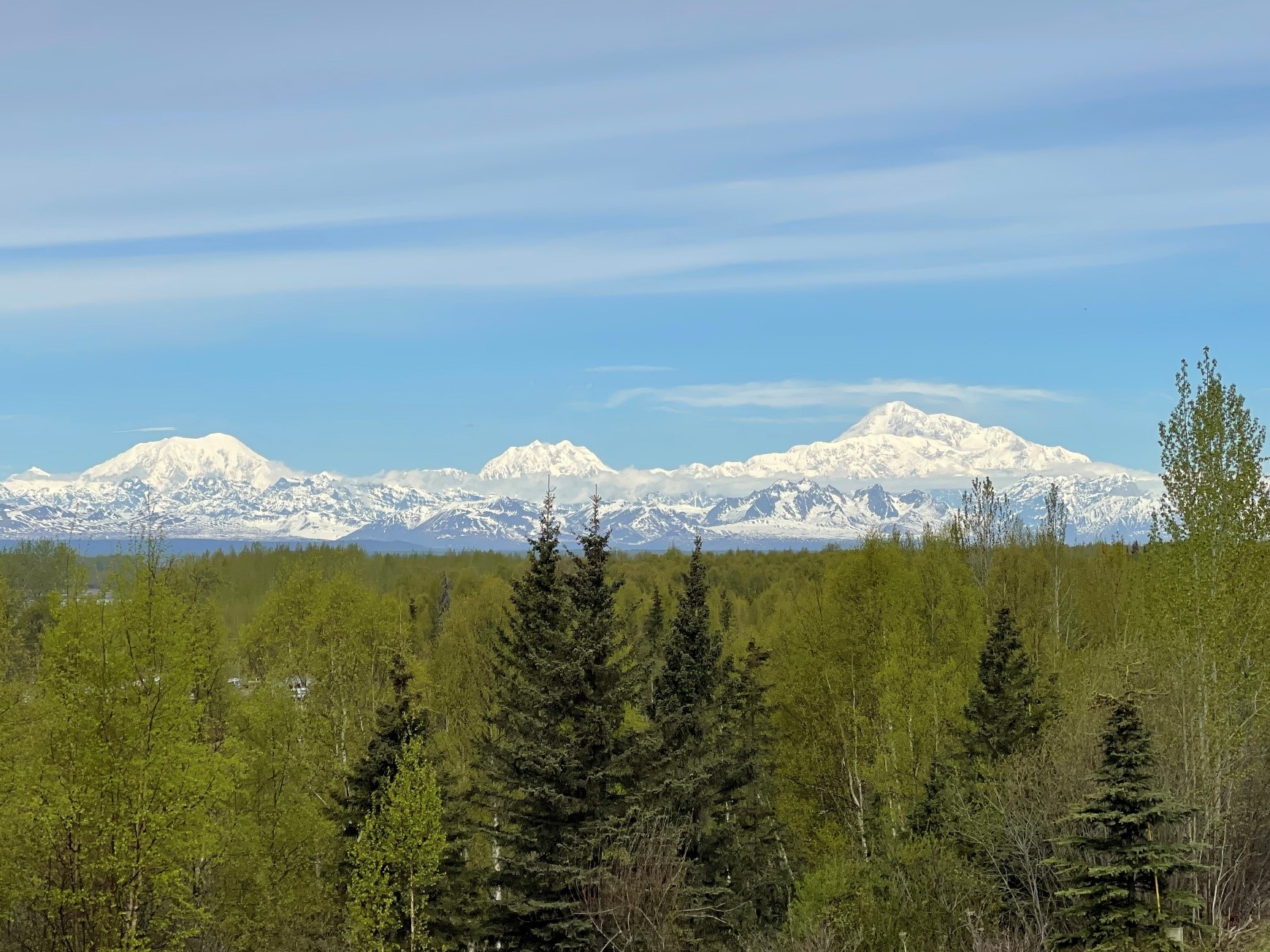
After a specially designed plane dropped them off on the east fork of the Kahiltna glacier, MacDonald and Butler spent 13 days hauling 280 pounds of gear and food—and Gompei—up the mountain to High Camp at 17,200 feet. While living unsupported on Denali for nearly two weeks, the two-man-one-goat team encountered two days of snowstorm/whiteout conditions, which prevented any movement, with raw temperatures below -27°C, and winds of over 60 miles per hour.
On day fourteen, a window of good weather was presented. Huffin & Puffin seized the chance to complete the remaining 2.9 miles and 3,110 feet of elevation to put Gompei atop the very summit of North America.
Each year, about 1,000 climbers register for permits to ascend Denali. Historically, about half of those registered summit the peak. This year, we can add one goat to the tally.
In total, the successful WPI expedition covered more than 72 miles and gained more than 37,500 feet of elevation over 18 days. The summit altitude and latitude (63° North, just three degrees shy of the Arctic circle) combine to reduce the oxygen content to <9%. Atmosphere is ~21% oxygen at sea level.
